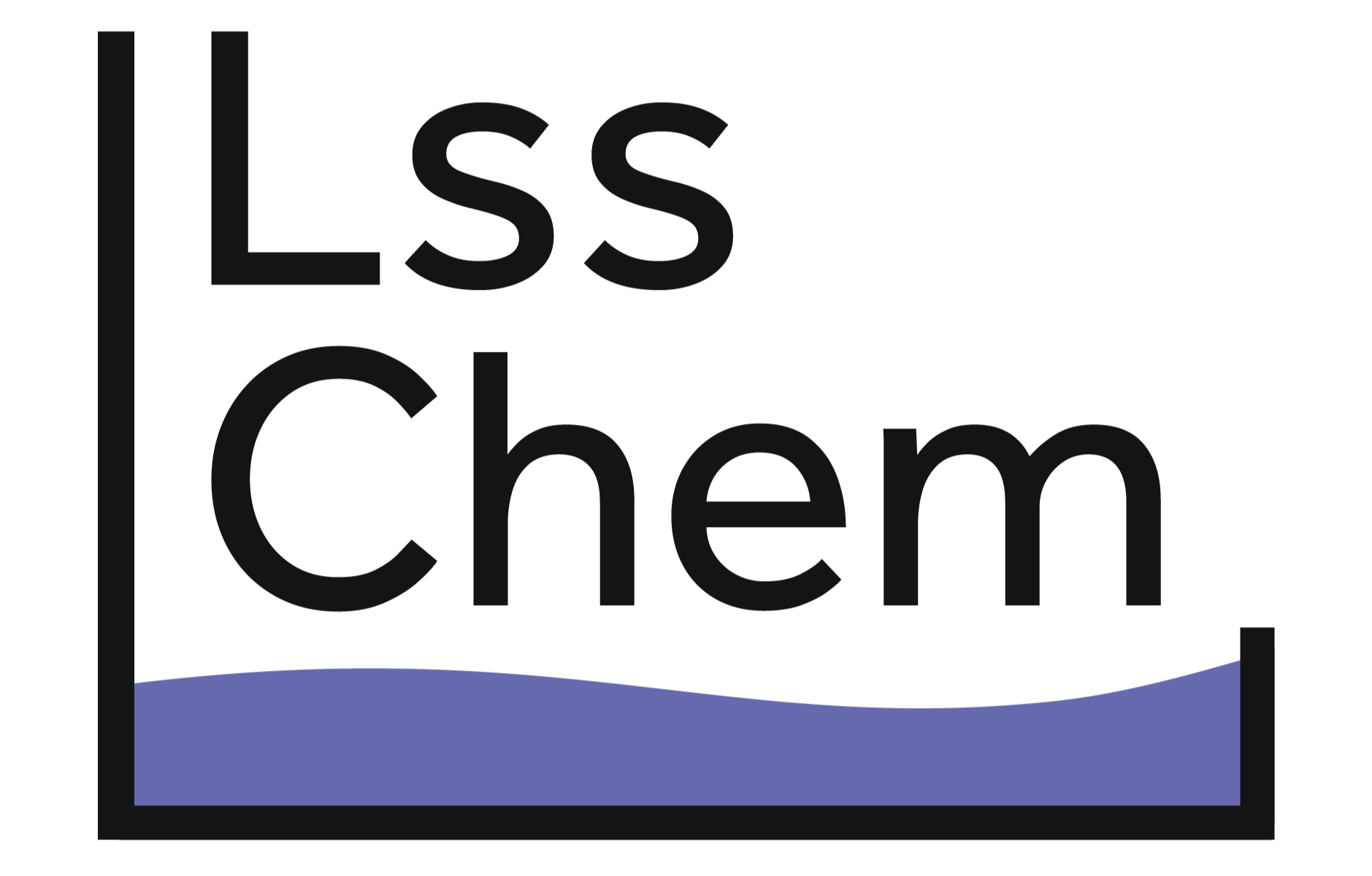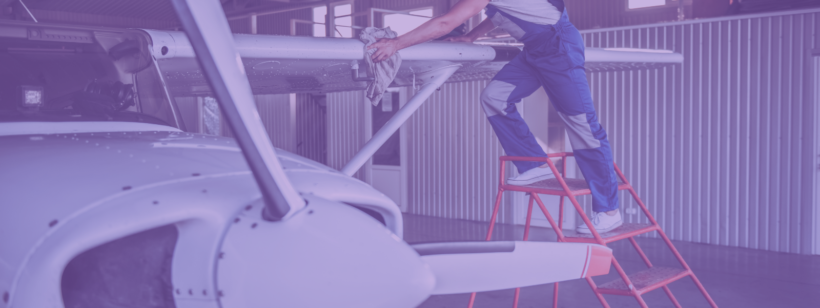Aircraft degreasing is a unique process from other degreasing processes, mainly because of how quickly and efficiently degreasing of an aircraft must be done. There are many types of aviation degreasers, but most of the time they will either be solvent-based or water-based.
Solvent-Based Aviation Degreasers
These are the typical cleaning agents used for degreasing. Some examples include acetone, methyl ethyl ketone (MEK), and n-propyl bromide (nPB). Most of the time, solvent-based degreasers are very effective and low-cost, but have high VOC levels and contribute to ozone depletion. Though acetone has no VOC and is not ozone depleting, it is still a flammable and volatile compound that is not always preferred, especially for aviation degreasing. MEK and nPB are toxic chemicals that are both classified as air pollutants.
Water-Based Aviation Degreasers
These solvents are usually:
- Environmentally friendly
- Non-flammable
- Low toxicity
- Low VOC
One of the drawbacks of water-based solvents is that they are sometimes not as aggressive and may take multiple applications. There are many ways to increase the effectiveness of a water-based degreaser, such as using a pressure spray or mixing with another type of solvent.
What Kind of Properties Should These Degreasers Have?
Degreasers used for aviation need to have specific characteristics in order to be aviation approved. Some of these needed characteristics include:
- Either extremely high flash point or no flash point
- Leaves no residue
- No moisture condensation
- Strong and effective
The flash point of a chemical is the lowest temperature at which it will form a vapor that can ignite in the air, so a chemical with either a very high flash point or no flash point at all is necessary when degreasing a hot surface or aircraft engine. A cleaning agent also needs to leave no residue in order to avoid impairing the surface or equipment, and no moisture condensation to prevent oxidation, which could damage the engine. A strong and aggressive cleaner is also necessary for the quick aspect of the aircraft degreasing process, to ensure that it can be performed with no delays.
Have Questions?
Looking for an eco-friendly low-toxicity solvent for your industrial or aviation cleaning needs? Click here to check our shop. You may also request for a quote or ask us a question by clicking here.


